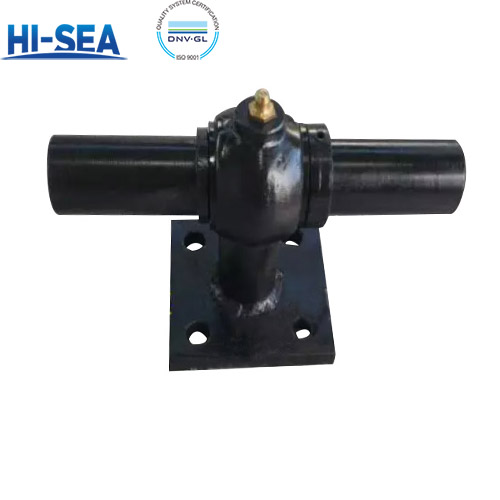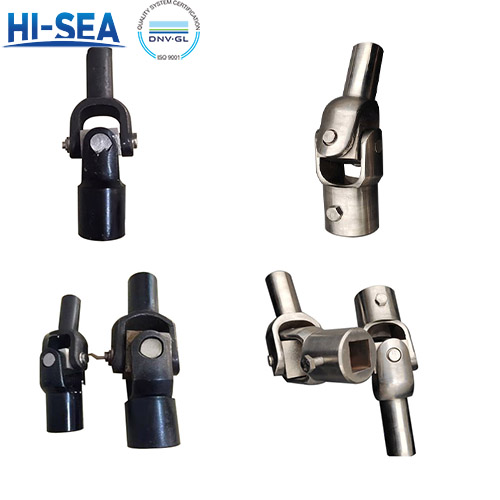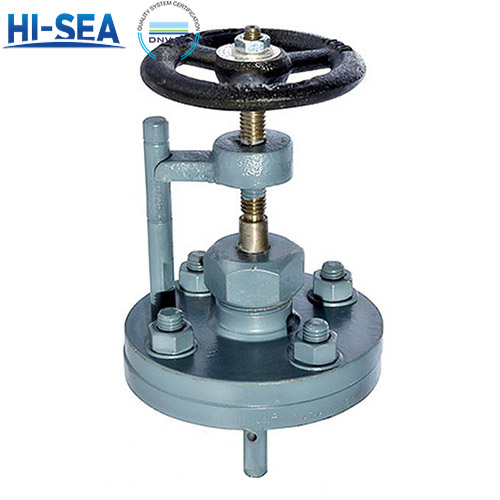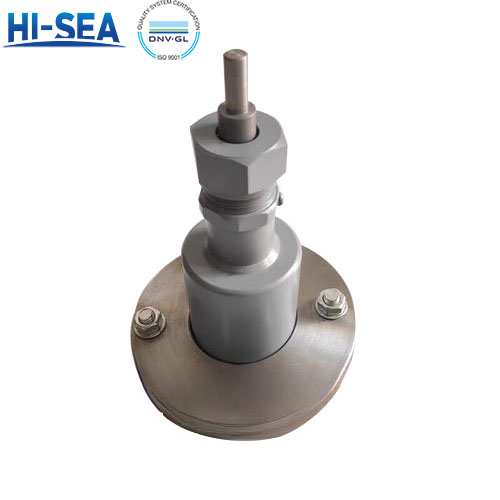
Design and technical requirements of marine transverse propulsion arrangement
Designing and implementing a marine transverse propulsion system, such as a bow or stern thruster, requires careful consideration of various technical and operational factors. These factors ensure that the system is effective, reliable, and suitable for the vessel's specific needs.
The marine transverse propulsion arrangement must be able to provide sufficient thrust to propel the vessel in the desired direction.
The transverse propulsion arrangement should include one or more transverse thrusters, which are typically electric or hydraulic motors with propellers mounted perpendicular to the vessel's longitudinal axis.
The thrusters should be capable of providing variable thrust in both forward and reverse directions to allow for precise manoeuvring of the vessel.
The thrusters should be equipped with appropriate safety features, such as overload protection and emergency shutdown mechanisms, to prevent accidents and damage to the vessel.
Overview
The following Design and technical requirements are based on CCS standards:
1 Material requirements
1.1 The propeller shaft and the drive shaft are to be made of forged steels. The forgings are to comply with relevant provisions of 11.1.2.2, Chapter 11, Part Three of CCS Rules for Classification of Sea-going Steel Ships and Section 3, Chapter 5, Part One of CCS Rules for Materials and Welding.
1.2 The wheel and pinion with a power of more than 100 kW are to be steel forgings. The forgings are to comply with relevant provisions of Section 5, Chapter 5, Part One of CCS Rules for Materials and Welding.
1.3 See the requirements of CCS guideline Copper Alloy Propeller for the materials of propeller.
1.4 The materials of tunnel are to comply with the provisions of Chapter 3, Part One of CCS Rules for Materials and Welding on the steels used for the hull.
2 Construction and strength requirements
2.1 The construction and strength of propeller shaft and drive shaft are to comply with the requirements of Section 2, Chapter 11, Part Three of CCS Rules for Classification of Sea-going Steel Ships.
2.2 The strength of shafting couplings, keys and connecting bolts is to comply with the requirements of Articles 11.3.2 and 11.3.3, Chapter 11, Part Three of CCS Rules for Classification of Sea-going Steel Ships.
2.3 The strength of propeller blade is to comply with relevant provisions of Section 4, Chapter 11, Part Three of CCS Rules for Classification of Sea-going Steel Ships.
2.4 The installation of fixed propeller and controllable-pitch propeller is to comply with relevant provisions of Section 4, Chapter 11, Part Three of CCS Rules for Classification of Sea-going Steel Ships.
2.5 The installed shaft seal is to be able to prevent the steel shaft from being corroded by sea water;
2.6 The thickness of tunnel is to be not less than that of the adjacent hull part.
3 Anti-corrosion of tunnel
Measures such as cathodic protection and anticorrosive coating may be taken.
4 System arrangement and safety alarm device
4.1 Hydraulic system (and the propeller hub lubricating system, if any) is to comply with the following requirements:
The “material”, “piping system” and “arrangement” of hydraulic transmission piping system are to comply with relevant provisions of Section 7, Chapter 4, Part Three of Rules for Classification of Sea-going Steel Ships.
4.2 Alarm
Alarm items of controllable-pitch propeller are to comply with the provisions of 11.3.8.8, Chapter 11, Part Three of Rules for Classification of Sea-going Steel Ships.
Ships to apply for CCS class notation for dynamic positioning are to comply with relevant requirements of 11.5.10, Chapter 11, Part Eight of Rules for Classification of Sea-going Steel Ships.
For more marine bow/tunnel thruster information, please click here.





